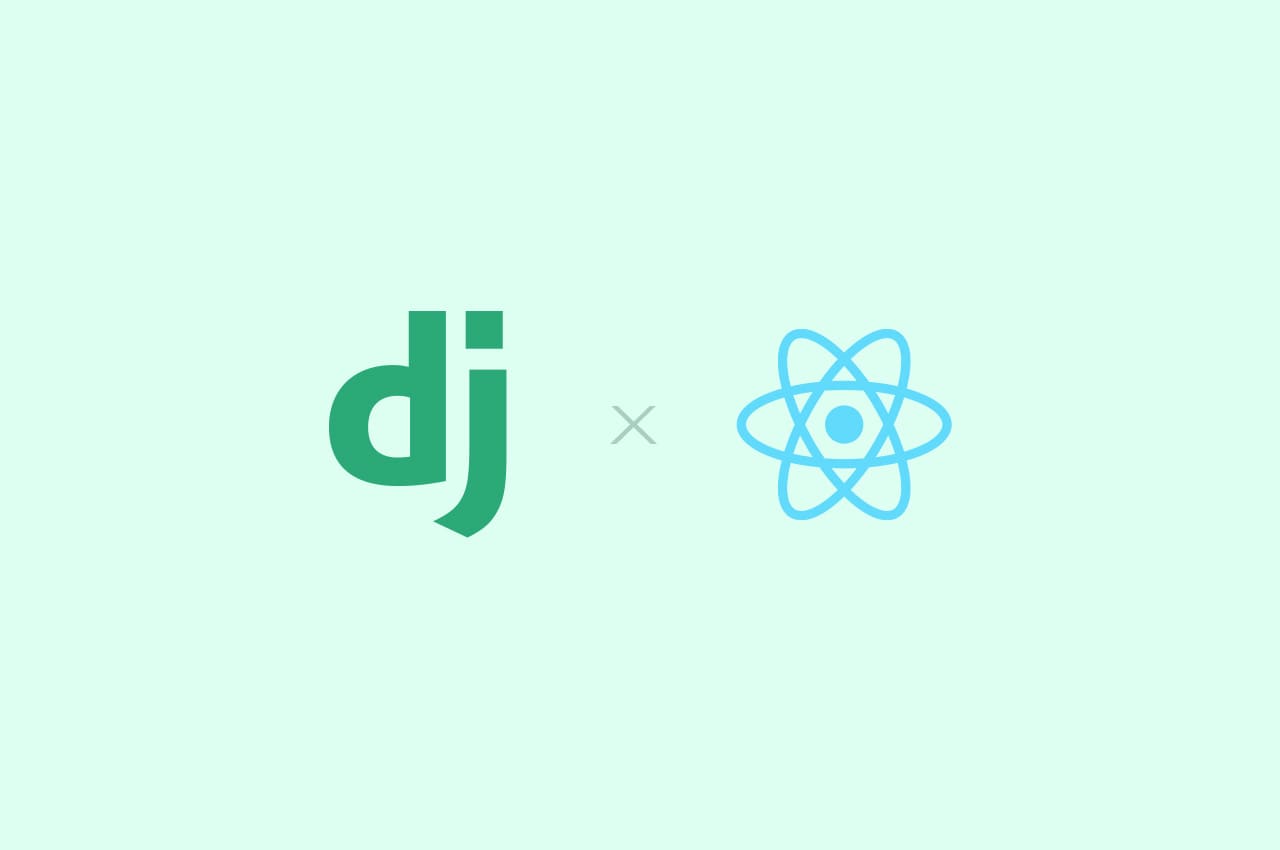5 Key Steps for an Effective Onboarding Process in HRMS for 2023

Introduction: The Importance of Streamlining Onboarding with HRMS
Onboarding is the process of integrating new employees into an organization, assisting them in adjusting to their new role, and familiarizing them with the culture, policies, and procedures of the organization. It’s an important aspect of the hiring process because it affects employee retention, job happiness, and overall performance. HRMS, or Human Resource Management System, can help HR professionals save time by streamlining the onboarding process. An HRMS is a piece of software that automates numerous HR-related operations, including recruitment, personnel information management, payroll processing, and benefits administration. An HRMS can also serve as a consolidated repository for all onboarding-related papers and information, making it easier for HR professionals and new recruits to access and share information. This can assist in guaranteeing that new hires receive the information they require on time and that their progress through the onboarding process can be tracked. Overall, a successful onboarding process is critical for both new hires and companies, and an HRMS may assist in expediting the process, save time, and assure consistency and accuracy.
Streamlining HR Processes: How Horilla Prioritizes Effective Onboarding
According to Horilla, onboarding in HRMS is the process of welcoming and integrating new employees into our firm. We realize the importance of making a good first impression on new team members and making them feel at ease, valued, and prepared to contribute to our objective. Our HRMS software is designed to help new employees transition smoothly into their new responsibilities, with features such as pre-boarding checklists, orientation materials, compliance tracking, and follow-up surveys. Furthermore, Horilla has all of the capabilities you’d expect from your favorite HRMS software, as well as much more, including as performance management, payroll processing, and time and attendance tracking. Our comprehensive HRMS system is designed to simplify and optimize HR procedures, giving HR professionals more time and resources to focus on strategic projects. Horilla is committed to attracting and retaining top employees and building a healthy and productive workplace culture by investing in our HRMS software and prioritizing successful onboarding.
Importance of Onboarding in HRMS
Content:
- HRMS onboarding is critical to the success of new employees and the organization as a whole:
Onboarding is a new employee’s initial impression of a business, and it sets the tone for the duration of their employment. An efficient onboarding process assists new workers in becoming acquainted with their roles and duties, the company’s culture and values, and the organizational structure. It also aids in the development of a sense of belonging and dedication to the firm, which can boost productivity and engagement. - Effective onboarding can help new employees immediately become productive and engaged, resulting to increased job satisfaction and retention:
Employees are more likely to be engaged and motivated when they feel at ease and connected to the firm. Proper onboarding assists new employees in understanding their duties and responsibilities, as well as what is expected of them, allowing them to become productive fast. Employees who feel supported and valued are more inclined to stay with the organization, which can contribute to greater job satisfaction and retention rates. - It aids in the development of a strong relationship between the employee and the firm, boosting the chance of long-term commitment and loyalty:
Onboarding allows the company to exhibit its dedication to new employees and assist them in feeling more connected to the organization. New hires are more likely to develop a sense of loyalty and dedication to the organization if the company demonstrates that it appreciates its employees and is committed in their success. This can lead to long-term retention and higher job performance. - Effective onboarding also aids in the establishment of clear expectations and goals, decreasing the likelihood of misunderstandings and disputes later on:
New workers learn about the company’s expectations and goals, as well as their individual job and responsibilities, throughout the onboarding process. Employees will have a clear idea of what is expected of them and what they need to do to be successful in their work, which can assist in lessening the likelihood of misunderstandings and disputes later on. - It fosters a positive initial impression of the firm, which can help to boost the employer brand and attract top talent in the future:
A positive onboarding experience can leave a lasting impression on new employees and foster a positive image of the organization. This can help to boost the employer brand and attract top talent in the future, as word-of-mouth referrals from satisfied employees can be a valuable recruitment tool. Companies may position themselves as an employer of choice and attract top talent by investing in successful onboarding.
Key Steps in Onboarding in HRMS Content:

- Pre-boarding: Preparing for a new employee’s arrival is the first stage in onboarding them. Sending welcome emails, compiling relevant paperwork such as tax forms and employment agreements, and setting up equipment and workspaces are all part of the job. Giving new employees a warm welcome makes them feel valued and appreciated, which is critical for establishing a positive relationship from the outset.
- Orientation: Following the arrival of the new employee, the following stage is to offer them an orientation. This comprises offering a description of their role and responsibilities as well as exposing them to the company’s culture, values, mission, and goals. This assists new workers in understanding their role within the greater context of the firm and establishes expectations for their performance and behavior.
- Compliance: Compliance is an important part of onboarding because it ensures that the new employee understands and follows company policies, procedures, and regulations. This covers guidelines for safety, data privacy, and security standards. Compliance training is especially important for roles that require sensitive data handling or customer interaction, as it protects both the employee and the company from potential legal or reputational risks.
- Integration: The next step in onboarding is to assist the new employee in developing relationships with coworkers, managers, and other stakeholders. This includes providing opportunities for training, development, and feedback. Effective integration is critical for making new employees feel supported and connected to the company, which increases job satisfaction and engagement.
- Follow-up: The final phase in onboarding entails checking in with the new employee often to see that they are adjusting well, addressing any issues or questions they may have, and offering continuous support and direction as needed. This helps to build trust and foster a sense of belonging, which can lead to greater loyalty and retention over time.
Overall, effective onboarding in HRMS entails a series of carefully crafted stages that attempt to welcome and integrate new employees into the business culture while giving them the tools and resources they need to thrive. Companies can ensure that new employees feel supported, engaged, and empowered to contribute to the organization’s success by prioritizing onboarding.
Conclusion
In conclusion, onboarding in HRMS is a key procedure for integrating new employees and ensuring their success. By following the main processes of pre-boarding, orientation, compliance, integration, and follow-up, firms can create a welcoming and supportive atmosphere for new employees, leading to greater job satisfaction, engagement, and retention. Horilla recognizes the importance of effective onboarding and provides a comprehensive HRMS solution that simplifies and optimizes HR operations. We are committed to attracting and maintaining outstanding talent and driving our purpose forward by investing in our workers from the start. To make a good first impression and put new employees up for success, we recommend all employers prioritize onboarding and use HRMS solutions.




